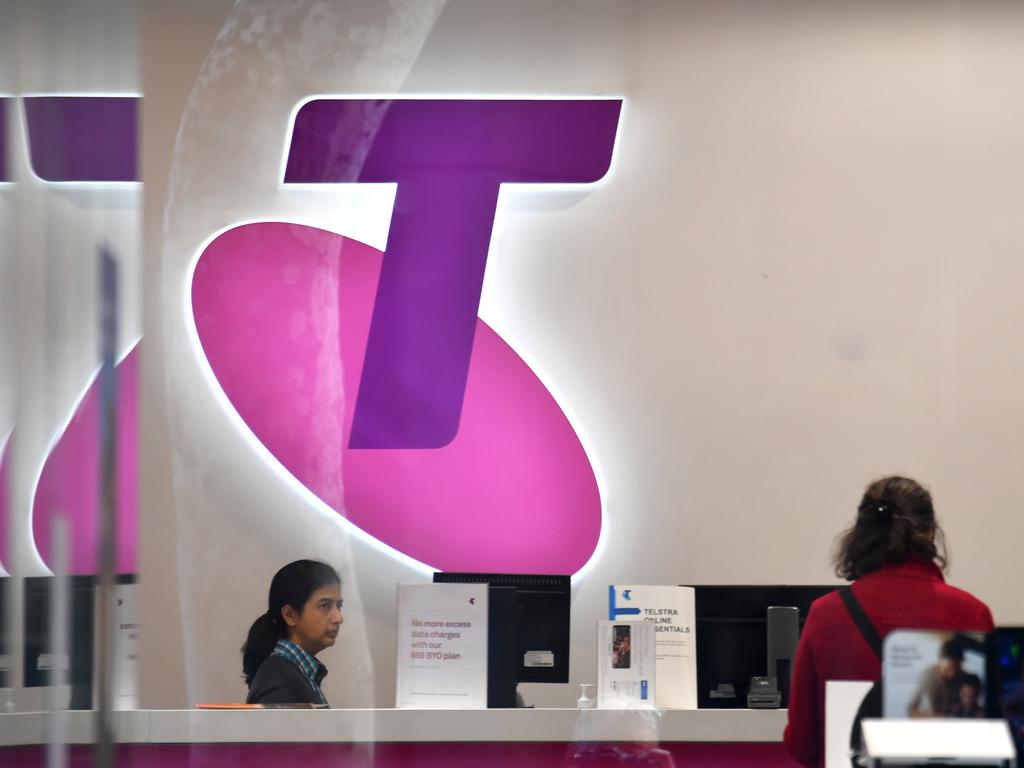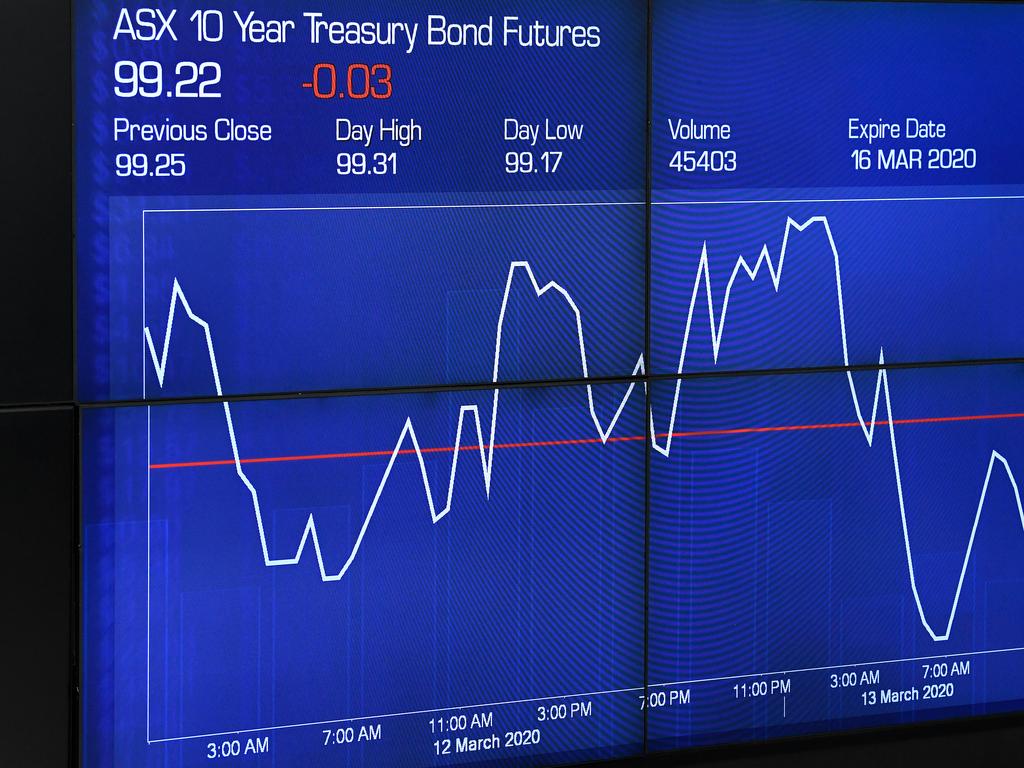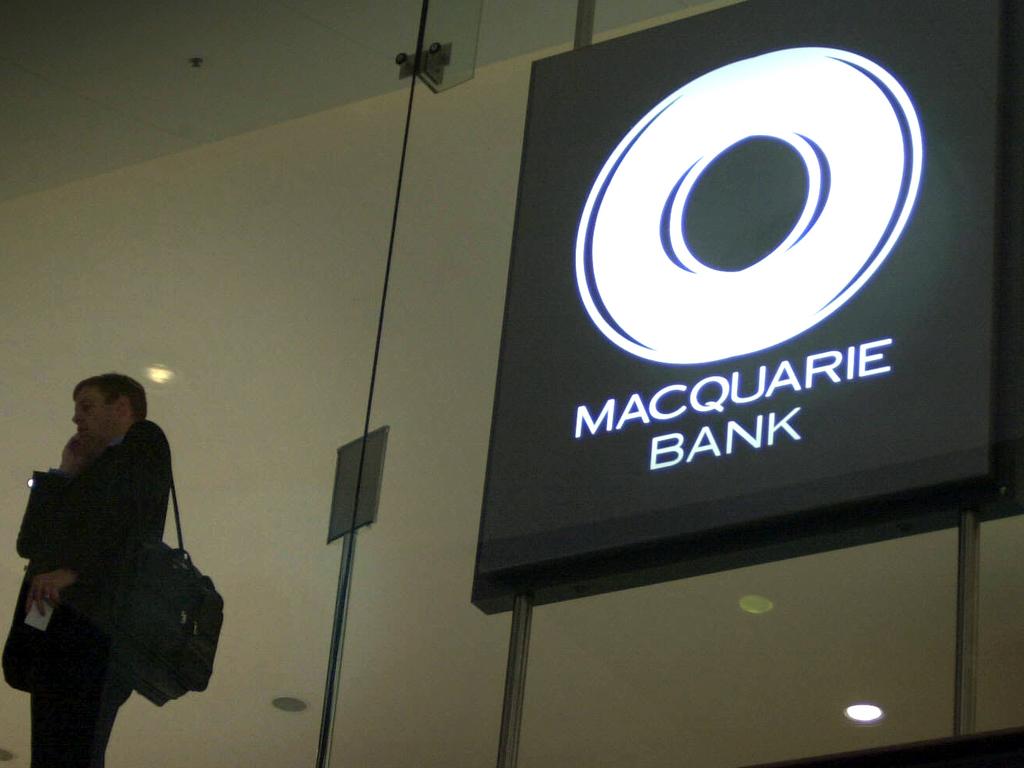CSR backs its Hebel ‘secret weapon’


Hebel’s autoclaved, aerated concrete has about 10 per cent of the detached housing market against 25 per cent for fibre cement and 60 per cent for bricks, which is dominated by CSR.
Figures for multi-dwellings are more complicated, but suffice to say Hebel is starting from a way back as it attempts to boost market share.
It has some key clients like Harry Trigaboff at Meriton, Mirvac, Transurban and others, but the trick is to get more builders using the product.
The Hebel technology came from Scandinavia some 30 years ago, and along the way CSR has added its own touches like the use of steel reinforcing bars inside the autoclaved aerated concrete slabs.
Autoclaves are like pressure cookers and there are about eight in the Sommersby plant that essentially bake a mixture of sand, cement, lime and aluminium into a slab ready to go on the wall in eight hours, while concrete takes a couple of days to cure.
The concrete masonry product is CSR’s “secret” weapon to grab market share, albeit one that has been around for three decades.
The new plant is a CSR invention, with the autoclaves connected so 30 per cent of the steam generated can be transferred back into the boiler system.
The plant will have zero waste because it uses stormwater captured on the site, underground storage of the input products to minimise handling and using CSR’s own Bradford glasswool to insulate the giant steam cookers.
The cladding product is lightweight, thermally efficient, soundproof and acoustic and fire-rated, which is meant to be easier to use so minimises the number of workers required when building. The idea is that using the product means a house can be built with the same strength in half the time.
The completion of the new plant last year was a big step for CSR showing its faith in the product’s potential as it finetunes the technology, which it owns exclusively in this market.
The new plant gives customers more flexibility by being able to list their own specifications direct to the factory floor.
For CSR’s new boss, Julie Coates, and Hebel chief Andrew Rottinger, the big white hope now is the building cycle picks up and with its more Hebel sales.
This report is part of a series this column is doing focusing on how mainstream companies are using technology to boost performance.
Markets uncertainty
Global stockmarkets are being driven by the rate of new virus outbreaks rather than economic fundamentals and until investors are satisfied it is slowing they won’t have faith in new investments.
Friday’s bounce in Australia indicates that, amid the panic, bargains are all over the market so a combination of mainly old news was lumped together to help fabricate a 4.4 per cent bounce.
The day started with positive signs from Washington that the House Democrats would reach a deal with President Donald Trump, combined with the RBA signalling increased liquidity for the banks, both of which were old news by early afternoon but were all of a sudden new again and sparked the rally.
It helped that the US futures also showed a 2.3 per cent rise, but just what happens remains to be seen.
The US recovery plan while welcome is nowhere near the magnitude of the roughly 2 per cent of GDP Scott Morrison and Josh Frydenberg are spending.
There is plenty of valid criticism of the “unproductive” nature of the spending targeted, but GDP includes government spending and, if the March quarter is negative, the June quarter must be close to positive with the money being spent, but just how we go from there will depend on the virus’s progression.
No one has that answer right now, which explains the stockmarket uncertainty.
Parts of the government package, such as incentives for apprenticeships, are first-rate, but if it expects the local restaurant to double its capacity based on the investment incentives then the answer is probably no.
The government is to be commended for acting early in this pandemic, but sadly it is yet to unveil a co-ordinated structural package to boost productivity.
The banks are offering small business deals, but at the same time acknowledge there is not exactly a long queue outside their place looking for new loans.
At best, the package brings forward investment that was already going to happen, which is why the real test will be the fourth quarter, by which stage we should know about the virus and what impact it is having on the economy with the government stimulus package.
Certainly, the stockmarket is oversold outside the obvious losers like airlines and tourism stocks.
It must also be remembered the growth of index funds and, for natural liquidity reasons, the last 15 minutes of trading accounts for 25 per cent of the value of shares changing hands each day.
Remember banks account for about 25 per cent of market value so a boost to bank stocks and all of a sudden the market looks positive again.
Still, amid the turmoil no one will say no to an up day on the bourse.
The reality now is it’s too late to sell and only the direction of the pandemic will dictate whether it is too early to buy.
BHP was trading yesterday at two-thirds its value of a month ago yet its product is sold in China, which has seen the rate of new infections drop sharply and is bound to boost its economy.
Later in the day came news that rival producer Vale had issues, which further boosted Australia’s iron ore producers.
BAML’s David Errington noted with fewer people eating out and fewer travelling, they would be spending more at their local supermarket, so this boosted Coles and Woolworths, with Errington placing a buy on the former for the first time in recent memory.
UniSuper’s John Pearce said his fund was nibbling back in the market, but noted it was too early to say whether it had bottomed. His test will be a slowing in the rate of the virus’s expansion in the US.







A $75m investment in its NSW central coast building cladding product Hebel doubled capacity in the plant, underlining CSR’s confidence in the product.